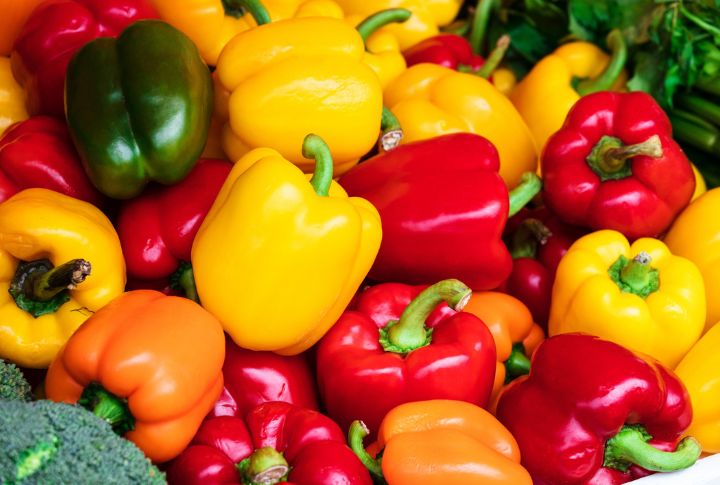
Gardening enthusiasts know the joy of harvesting their own bell peppers, a versatile and colorful addition to any garden. With the right tips and techniques, you can grow lush, fruitful bell pepper plants in nearly any environment, from spacious backyards to compact urban balconies. These 15 tips are designed to guide gardeners of all levels through the process of cultivating bell peppers that are as delightful to grow as they are to eat.
Choose the Right Variety
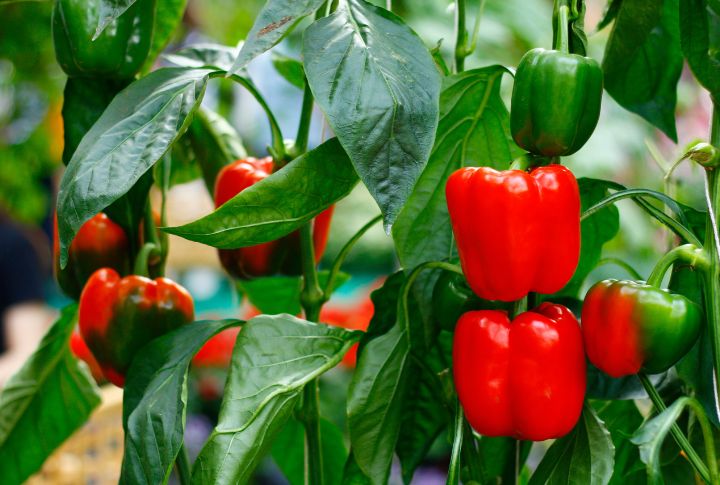
Selecting the appropriate bell pepper variety is important for gardening success, as different types thrive under varying conditions and climates. From sweet to spicy, early maturing to heat-resistant, the right choice will guarantee a bountiful and satisfying harvest tailored to your taste and gardening space.
Start with Quality Seeds
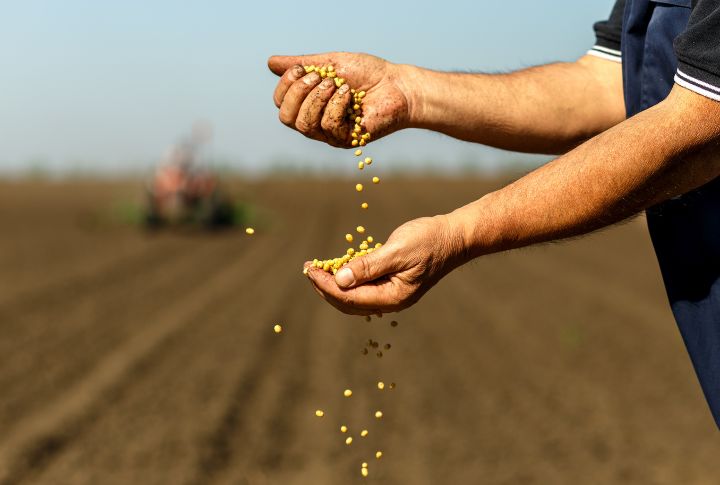
Try not to settle for seed packets that look like they’ve been sitting in the back of grandma’s pantry since the ’80s. Begin with high-quality seeds from a reputable supplier that are fresh, viable, and ready to sprout faster for the best flavor and nutrition.
Provide Adequate Sunlight
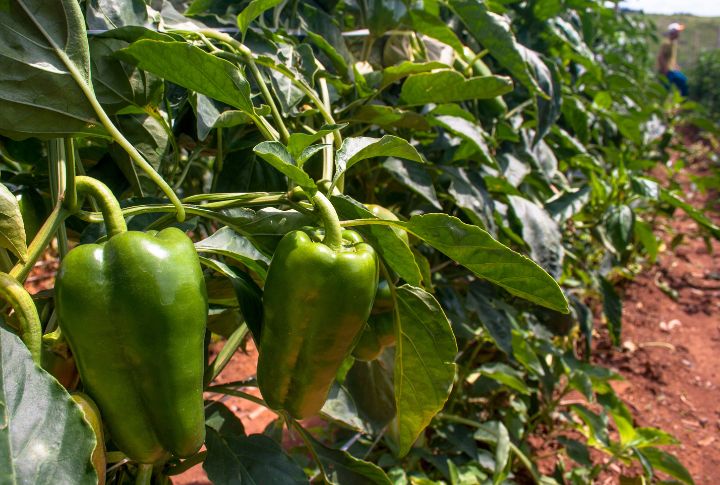
Bell peppers love soaking up the sun. You can select a sunny spot in your garden or balcony where they receive at least 6-8 hours of direct sunlight daily.
Prepare Well-Drained Soil

Your bell peppers deserve well-drained soil rich in organic matter. Treat the soil with compost or aged manure to boost fertility and drainage. This topsoil will furnish them with a nutrient-rich bed to grow.
Plant at the Right Time
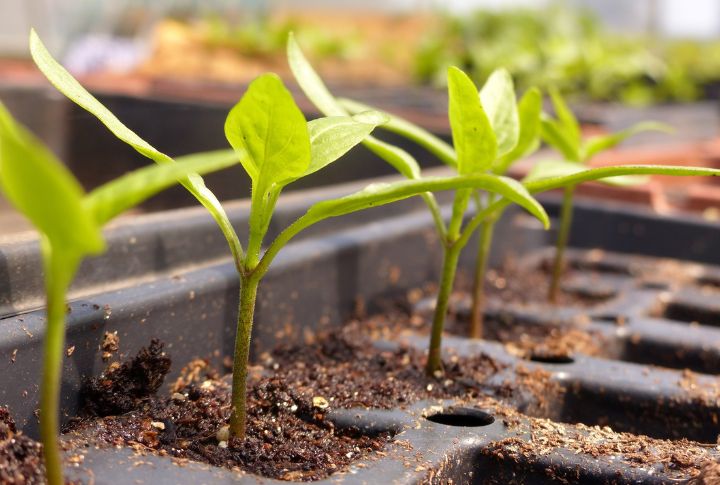
Timing is everything, especially in a garden. Plant bell pepper seeds indoors 8-10 weeks before the last frost date in your area. Relocate seedlings outdoors once the soil has warmed up along with the weather and all danger of frost has passed.
Space Plants Properly
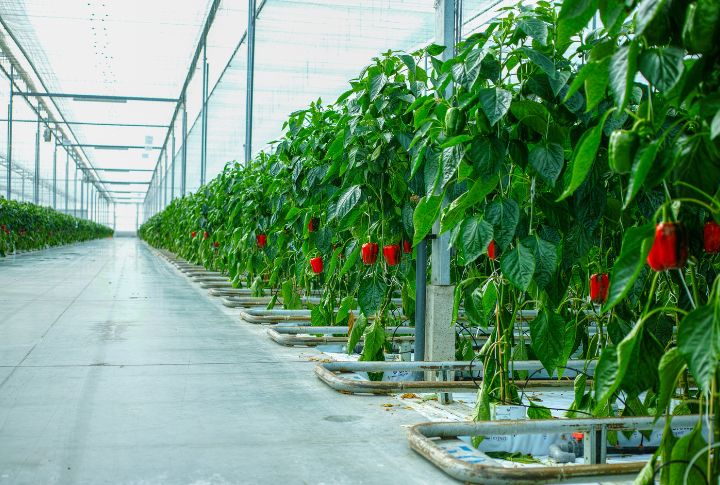
Give your bell peppers room to spread out their branches and show off their bell-bottom leaves. A decent spacing of 18-24 inches apart in rows promotes air circulation and reduces disease risk.
Water Consistently
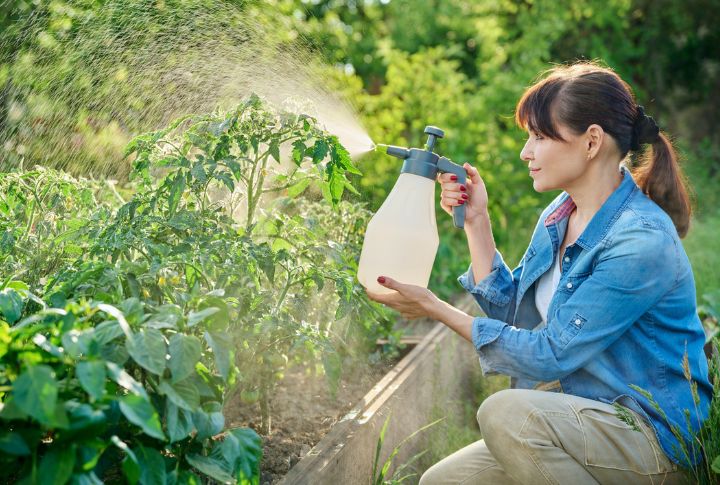
Keep your bell peppers hydrated but not soggy by watering the plants consistently to keep the soil evenly moist. Avoid overhead watering to stave off fungal diseases; water them only at the base. In no time, they’ll grow plumper than a Thanksgiving turkey!
Mulch to Conserve Moisture

Apply a layer of organic manure, such as straw or shredded leaves, around your bell pepper plants. This process helps conserve soil moisture, suppress weeds, and regulate temperature.
Support Heavy Fruit
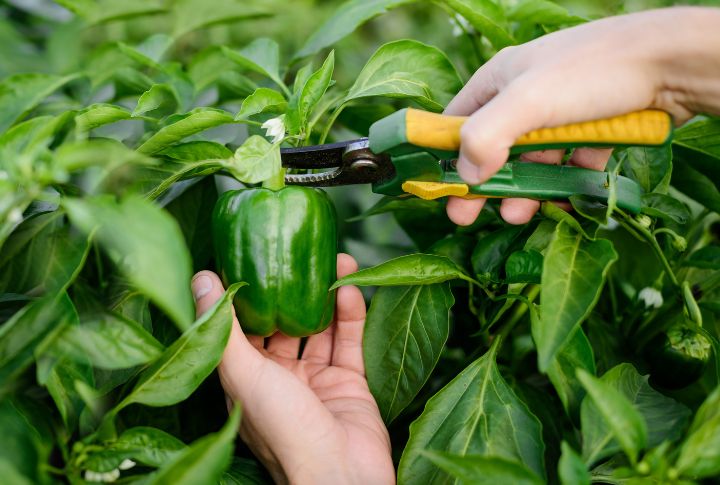
You can stake the bell pepper plants to support heavy fruit and prevent them from bending or breaking. Use soft ties to secure branches without causing damage.
Fertilize Regularly
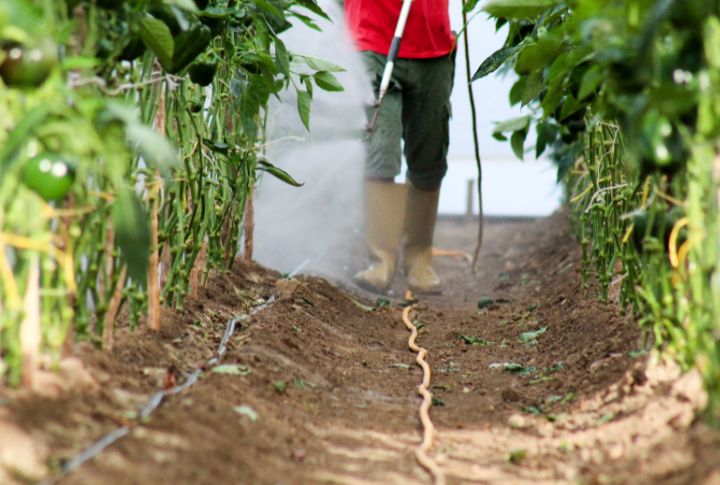
Feed your bell pepper plants a balanced fertilizer every 4-6 weeks throughout the growing season. However, don’t overdo it—too much fertilizer can mess up your garden, causing excessive foliage growth at the expense of fruit production.
Prune for Productivity

Pruning the bell pepper plants is a key step to enhance their productivity and encourage a healthier yield. By carefully removing overcrowded or unproductive branches, you let your plants focus their energy on producing larger, more vibrant peppers.
Watch for Pests and Diseases
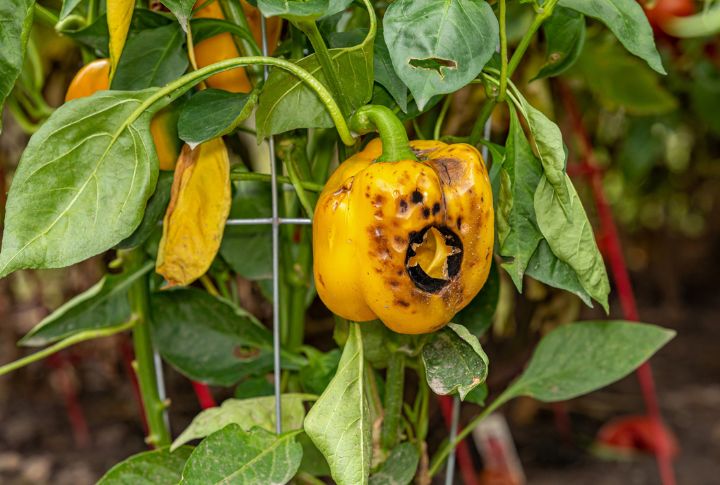
Beware of unwanted visitors like aphids, spider mites, and fungal diseases, like the nosy neighbors peeking over your fence. Deal with them swiftly and efficiently, like a ninja using organic methods or approved pesticides.
Harvest at the Right Time
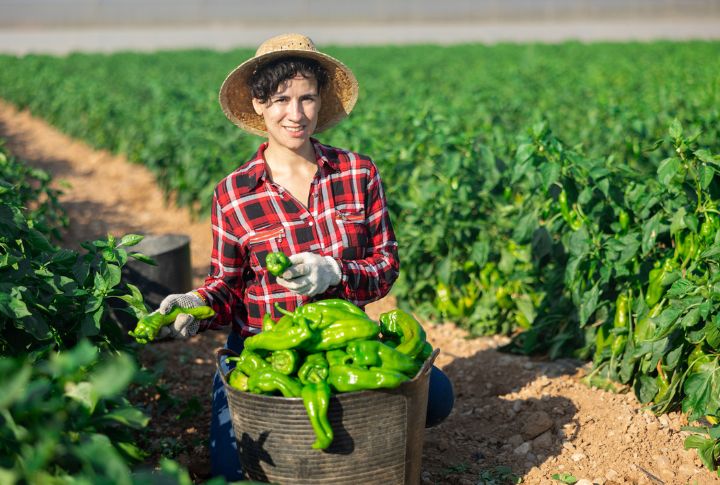
Pick your peppers when they’re ripe and ready. The process is similar to selecting an avocado at the grocery store. Wait for them to turn from green to their vibrant, Instagram-worthy colors, and then snap, they’re ready for the spotlight!
Store Properly
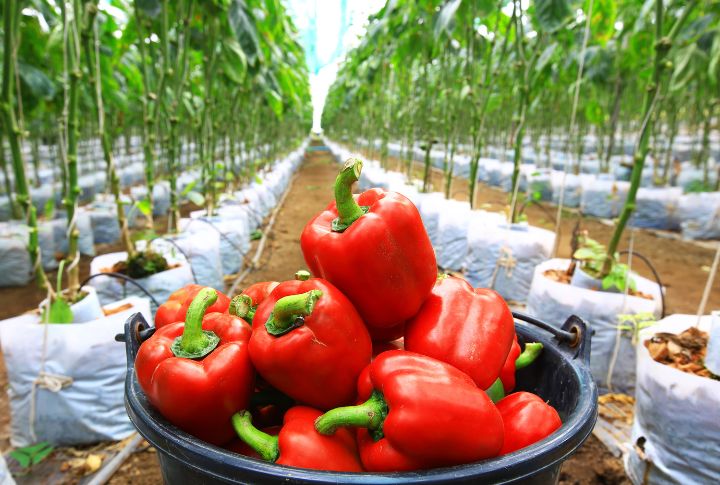
Store them in the refrigerator for up to two weeks. Alternatively, you can freeze or preserve them for longer-term storage.
Rotate Crops
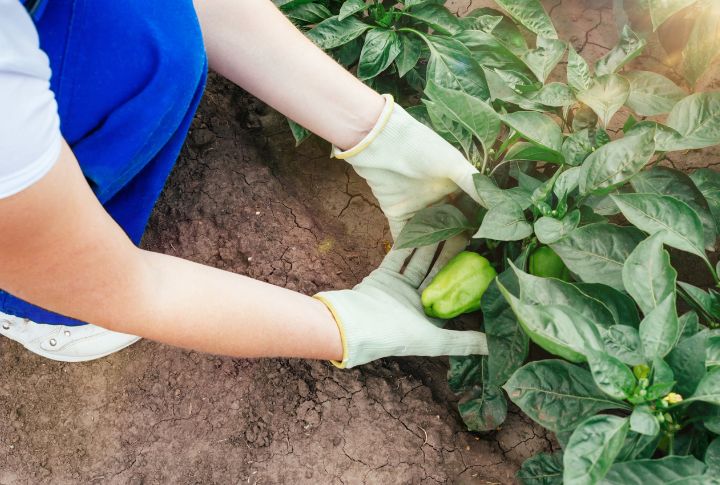
Try to avoid planting bell peppers in the same spot year after year. Instead, practice crop rotation to prevent soil depletion, limit pest infestations, and keep your garden fresh and lively.

Comments
Loading…